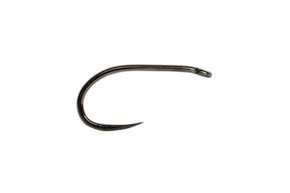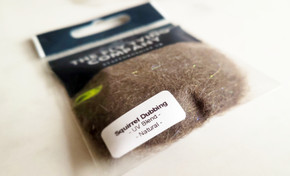Origin and History
The Silver Doctor is one of the most iconic and historic salmon and trout flies, first tied in the mid-19th century. Originating in the UK, it was designed for Atlantic salmon fishing but soon became popular for sea trout and large brown trout. Its elaborate wing of married feathers and bright silver body made it highly attractive in clear water. Although modern anglers often prefer simpler patterns, the Silver Doctor remains a classic, admired as much for its elegance as for its effectiveness.
Materials
- Hook: Salmon or streamer hook, sizes 2–10
- Thread: Black 6/0 or stronger
- Tail: Golden pheasant crest
- Body: Flat silver tinsel
- Rib: Fine oval silver or gold tinsel
- Hackle: Blue hackle at throat
- Wing: Married slips of teal, wood duck, mallard, swan dyed red, yellow and blue
- Cheeks: Jungle cock (optional)
Popular Variations
- Silver Doctor Double – tied on a double hook for salmon
- Hairwing Silver Doctor – modern variant with squirrel or bucktail wing
- Mini Silver Doctor – smaller sizes for sea trout and browns
- Silver Doctor Variant – simplified body and hackle for easier tying
- Low Water Silver Doctor – tied slim for clear, low rivers
Step-by-Step Tying Guide
- Start thread at the hook shank and tie in golden pheasant crest fibres for the tail.
- Tie in flat silver tinsel at the tail and wind forward to form the body.
- Counter-wrap oval silver or gold ribbing for strength and segmentation.
- Tie in a blue hackle at the throat, swept back beneath the body.
- Create the wing by carefully marrying slips of teal, wood duck, mallard, and dyed swan (red, yellow, blue).
- Set the wing securely on top of the shank, ensuring balance and symmetry.
- Optional: Add jungle cock cheeks to finish.
- Form a neat black thread head, whip finish, and varnish.
Seasonality & Representation
The Silver Doctor is most effective in summer and autumn on salmon and sea trout rivers, particularly in clear water. Its bright silver body and colourful wing suggest small baitfish or simply act as a bold attractor. On stillwaters, scaled-down versions work well for large brown trout during fry-feeding periods.
Tackle and Setup
- Rod: 9–15ft, depending on salmon or trout setup
- Line: Floating or sink-tip for rivers; intermediate for stillwaters
- Leader: 9–15ft, nylon or fluorocarbon, strength 8–15lb
- Setup: Traditionally fished singly on salmon rivers, but can also be used on stillwaters for large trout
Summary Table
| Aspect | Details |
|---|---|
| Origin | UK, mid-19th century |
| Best Seasons | Summer to Autumn |
| Represents | Attractor; baitfish or drowned insect |
| Hook Sizes | 2–10 (salmon), 8–12 (trout/sea trout) |
| Tackle Setup | 9–15ft rod, floating/sink-tip/intermediate line, 9–15ft leader |












